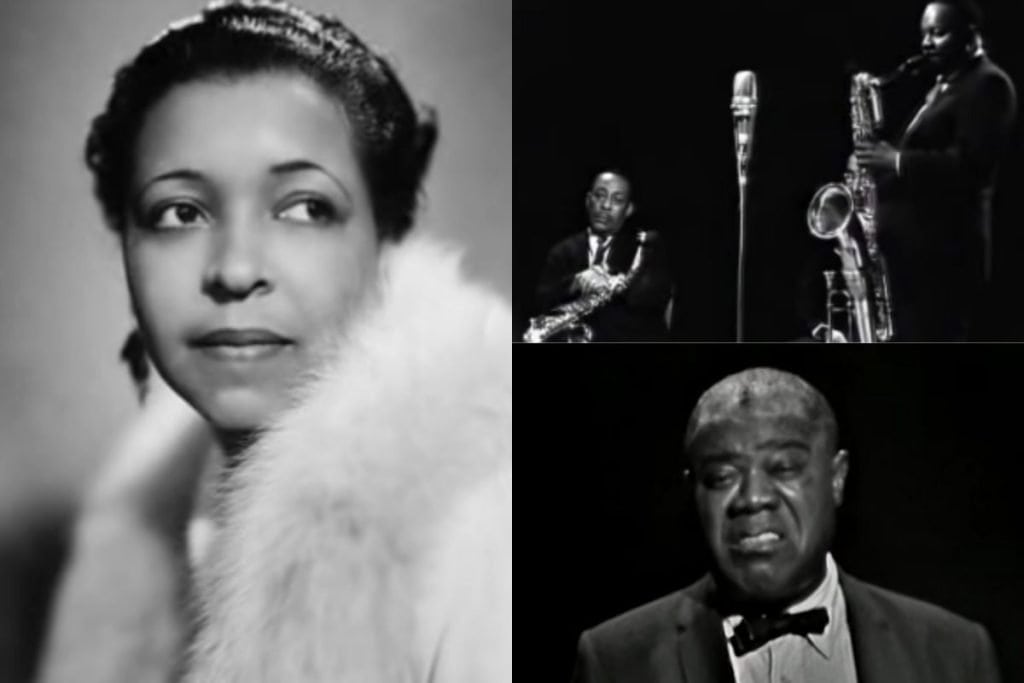
Take a trip down memory lane and immerse yourself in the classic tunes of 1933. As the world experienced difficult times, the power of music soared, providing comfort and joy to people’s lives. Here are some of the best songs from 1933.
“Sophisticated Lady” by Duke Ellington and His Orchestra
Song Year: 1933
Duke Ellington and His Orchestra first released “Sophisticated Lady” as an instrumental. The initial recording featured instrumental solos by Lawrence Brown, Toby Hardwick, and Barney Bigard, with Ellington leading on the piano. The track peaked at #3 on the Pop charts.
Later, Mitchell Parish and Irving Mills collaborated to write the lyrics. Lyrically, the track is an exploration of the multifaceted nature of a woman. The song’s evocative harmonies and lush melodies remind us that behind the refined persona lies hidden desires, secrets, and emotions.
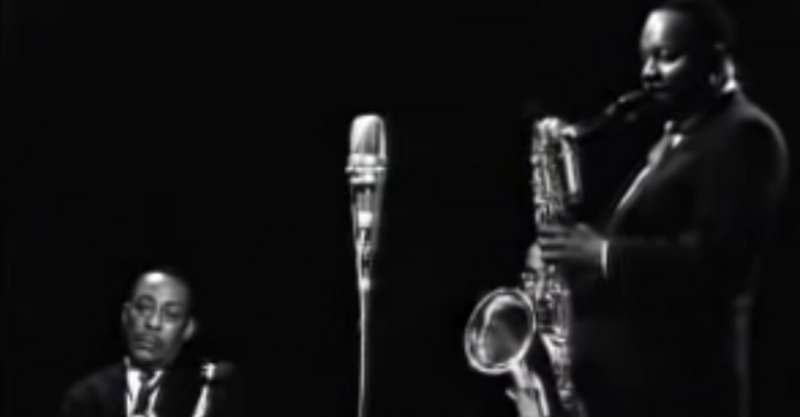
“We’re in the Money” by Gold Diggers of 1993
Song Year: 1933
“The Gold Diggers’ Song (We’re in the Money)” featured in the introductory sequence of the 1933 Warner Bros’ film Gold Diggers, performed by Ginger Rogers and chorus. The whole tune is never performed in the film, but it’s used to introduce the film.
Later in the film, you can hear the song offstage during rehearsal while the director discusses other issues on camera. Composed by Harry Warren, with lyrics by AI Dubin, the song ensembles the era’s mood with its upbeat tempo and catchy melody. The track’s lyrics highlight a positive financial turnaround and a hopeful end to the Great Depression.
“Who’s Afraid of the Big Bad Wolf?” by Don Bestor & his Orchestra
Song Year: 1933
“Who’s Afraid of the Big Bad Wolf?” by Don Bestor & his Orchestra depicts the essence of the 1930s charmingly and whimsically. Frank Churchill and Ann Ronell collaborated to compose this track, and it was later released as part of the soundtrack for Disney’s iconic animated film “Three Little Pigs.”
The upbeat and infectious rendition by Bestor’s orchestra blends wonderfully with the song’s playful lyrics and infectious melody. However, this track has a darker meaning than its humorous surface suggests. Released during the Great Depression, this song encourages listeners to persevere through difficult times by facing their troubles head-on.
“Stormy Weather” by Ethel Waters
Song Year: 1933
“Stormy Weather” by Ethel Waters is a fascinating musical gem that exemplifies this legendary jazz vocalist’s pure brilliance. Released in 1933 as the album’s title track, “Stormy Weather” is a masterwork that exemplifies Waters’ artistry and ability to portray raw emotions.
The song, co-written by Ted Koehler and Harold Arlen, features evocative melodies and thoughtful lyrics that pair beautifully with Waters’ heartfelt performance. Lyrically, the song paints a clear picture of an individual’s struggle amid life’s storms, evoking longing and heartache.
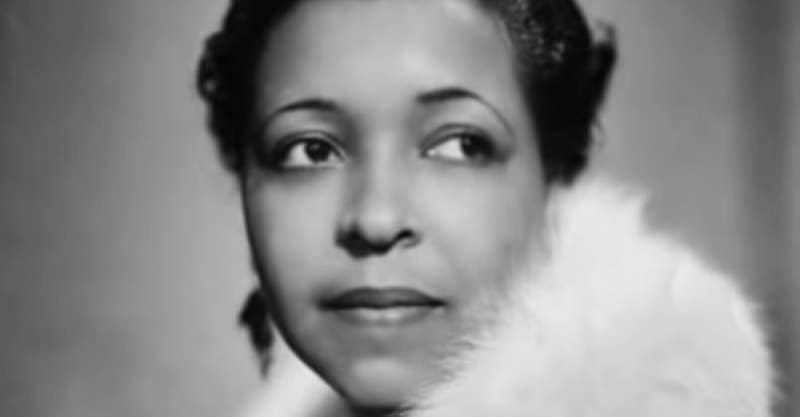
“Love Is the Sweetest Thing” by Ray Noble ft. Al Bowlly
Song Year: 1933
“Love Is The Sweetest Thing” is a Jazz tune composed by British singer and band leader Ray Noble. Featuring guest vocals from AI Bowlly, Noble’s tune was a massive success both in the U.K. and the United States.
With its rich orchestration and exquisite harmonies, this track is proof of Noble’s musical genius. With every note, Bowlly portrays deep longing and desire, which perfectly embody the magic in love. Despite life’s chaos, listeners can resonate with this track for its uplifting message.
“Did You Ever See a Dream Walking” by Eddy Duchin Orchestra
Song Year: 1933
“Did You Ever See A Dream Walking” by Eddy Duchin Orchestra is a track that takes you back to the swing era of the 1930s. This classic demonstrates Duchin’s extraordinary talent as a pianist and bandleader. Of all renditions of this track, Duchin’s was the best performer chart-wise, topping the U.S. Billboard for six weeks.
Composed by Harry Revel and featuring lyrics by Mack Gordon, this song is all about romantic fantasy. With its infectious melody and Duchin’s deft touch on the piano, the song immerses listeners in the beauty of a fantastic love story that resonates even today.
“A Guy What Takes Its Time” by Mae West
Song Year: 1933
“A Guy What Takes Its Time” by Mae West is a true marvel of the artist’s distinctive charm and style. This captivating and seductive track truly ensembles Mae’s sensual persona.
Sam Coslow and Ralph Rainger did a great job composing a tune that blends well with Mae’s raspy vocals. The song displays self-assurance and praises the attractive qualities of an attentive companion.
“Easter Parade” by Clifton Webb with Leo Reisman and His Orchestra
Song Year: 1933
“Easter Parade” by Clifton Webb with Leo Reisman and His Orchestra is a song that truly captures the essence of the 1930s. With Webb’s silky smooth vocals and the orchestra’s fine arrangement, the song takes you back to a time of charm and elegance.
The tune honors the annual Easter Parade in New York City, a beloved tradition in which people wear their best attire and stroll along Fifth Avenue. Nonetheless, the lyrics also express hope and renewal, reflecting the spirit of springtime and the prospect of brighter days to come.
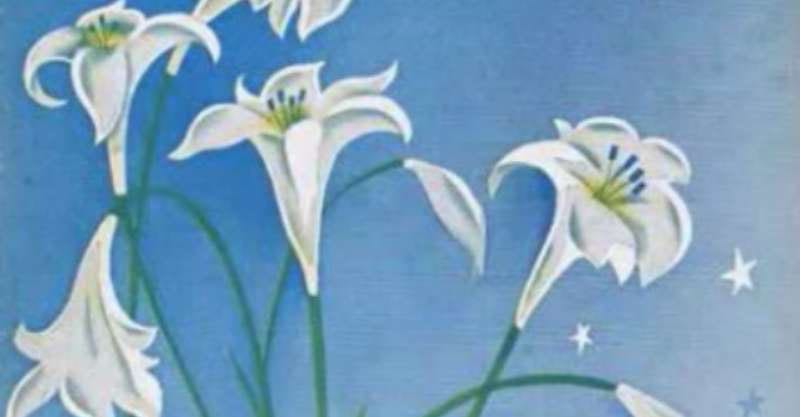
“You’re Getting To Be a Habit” by Bing Crosby
Song Year: 1933
“You’re Getting to Be a Habit” by Bing Crosby is a Jazz classic that showcases Crosby’s silky voice. The tune was originally featured in the Warner Brothers production of 42nd Street starring Lloyd Bacon. Written by AI Dubin, and Harry Warren, the duo responsible for many memorable songs of that era, this song exemplifies their talent for writing witty lyrics and catchy melodies.
The song embodies a bittersweet message of longing and love. The protagonist experiences an evolving relationship that has transformed from simply casual encounters to becoming an irresistible habit.
“Shadow Waltz” by Bing Crosby
Song Year: 1933
“Shadow Waltz” by Bing Crosby captures audiences with its soothing vocals and classic charm. With lyrics by the renowned AI Dubin, Crosby’s smooth voice glides over the music with ease, creating a dreamlike atmosphere that takes listeners back in time.
Lyrically, “Shadow Waltz” depicts how love is transitory and how people want to hold on to good memories. The song quickly gained popularity, topping the U.S. Billboard charts for eight weeks.
“Lazybones” by Ted Lewis
Song Year: 1933
“Lazybones” by Ted Lewis is a classic jazz song that captures the vibe of carefree idleness. This track, written by Johnny Mercer and Hoagy Carmichael, showcases Ted’s silky vocals and charismatic stage presence.
With its sluggish tempo and infectious melody, “Lazybones” takes listeners to a world devoid of anxiety and invites them to embrace the pleasures of laziness. It serves as a lighthearted reminder to take a break, relax, and find satisfaction in life’s simple pleasures.
“Alo Alo” by Carmen Miranda and Mario Reis
Song Year: 1933
“Alo Alo” by Carmen Miranda and Mario Reis embodies the essence of Brazilian music with its energy and enthusiasm. Featured on their collaborative album, this song displays the extraordinary talents of these two legendary artists. Written by the gifted team of Kid Pepe and Andre Filho, “Alo Alo” nails the infectious rhythms and memorable melodies that define samba.
The vibrant singing of Carmen Miranda and the smooth, soulful delivery of Mario Reis make for a harmonious combination. Every element of the song, from the catchy chorus to the infectious beat and witty brass arrangements, blend in perfectly, leaving listeners tapping their feet and begging for more.
“That’s My Home” by Louis Armstrong
Song Year: 1933
“That’s My Home” by Louis Armstrong is a passionate classic that perfectly captures the essence of his musical brilliance. Composed by Walter Donaldson, and Edgar Leslie, this track combines blues, swing, and jazz influences to create a wonderful harmony. The track also highlights Armstrong’s signature smooth voice and remarkable trumpet skills.
With hearty lyrics and Armstrong’s powerful delivery, “That’s My Home” creates a sense of nostalgia and longing that celebrates the great feeling of finding comfort and belonging in your home. It’s a constant reminder of the value of family and the emotional safety provided by one’s own home.

“Bull Cow Blues” by Big Bill Broonzy
Song Year: 1993
“Bull Cow Blues” by Big Bill Broonzy is a powerful blues classic that marvels audiences with its war intensity and soulful performance. Broonzy’s adept guitar playing and commanding vocals are on full display here.
The song, composed by Broonzy himself, encapsulates the true spirit of the blues, describing the trials and tribulations of daily life. With its catchy rhythm and incredibly gorgeous melodies, “Bull Cow Blues” demonstrates Broonzy’s indisputable talent as a composer and performer, cementing his reputation as a blues legend.
“Yesterdays” by Leo Reisman and His Orchestra
Song Year: 1933
“Yesterdays” by Leo Reisman and His Orchestra is a track that easily depicts the core of sad nostalgia. With its profoundly beautiful melody and poetic lyrics, the song takes listeners to a world of gloomy contemplation.
Reisman’s adept orchestration and exquisite vocal performances add a layer of complexity to the composition. The track “Yesterdays” leaves an impression of cherished memories and bittersweet longing for moments that have passed.
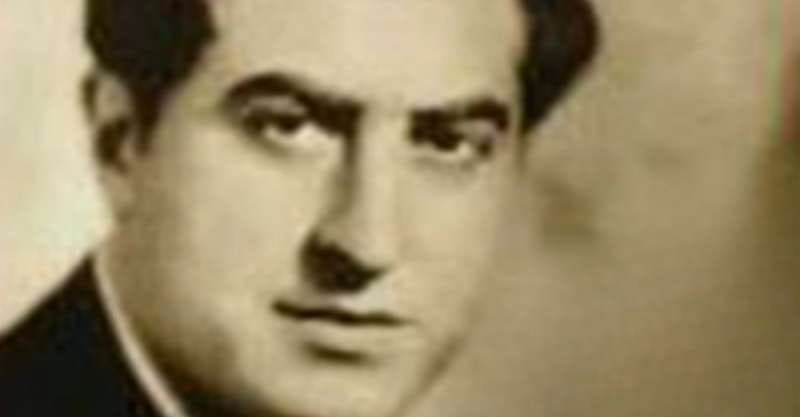
Top Songs From 1933, Final Thoughts
The best songs from 1933 capture the essence of a time when swing dominated the airwaves and people used to dance to music late into the night. From soul-stirring vocals to heartfelt lyrics, listening to these classics revives an era of unrivaled creative brilliance.